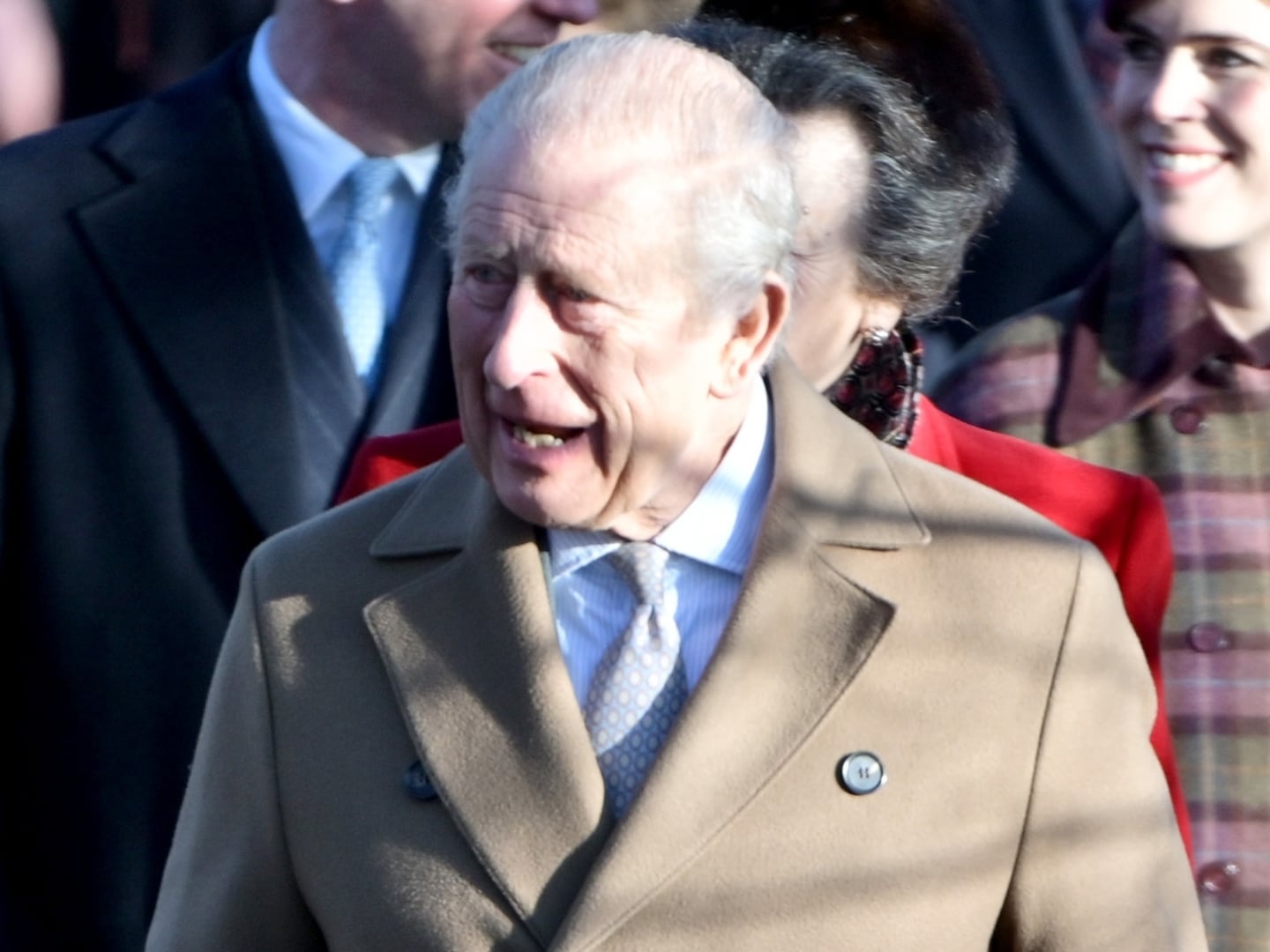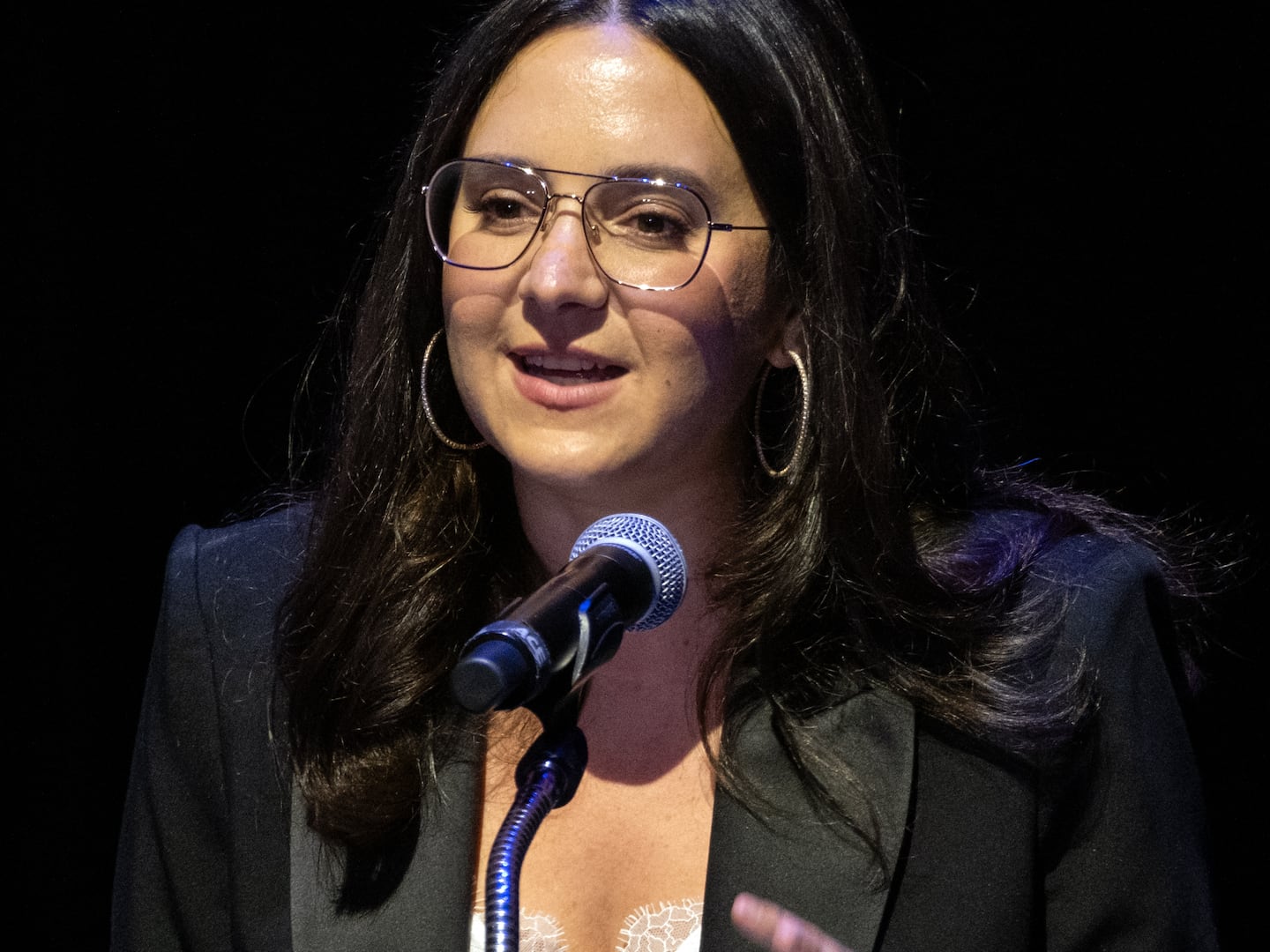On March 31, 2009, six scientists and a seismic specialist from Italy’s civil protection agency met near L’Aquila, in the Italian region of Abruzzo, to evaluate a growing concern.
Residents had become nervous about an increase in seismic activity. They were used to tremors—after all, L’Aquila sits on a major fault line—but there was something different about what was happening, and they all knew it. The special risk commission—made up of scientists Franco Barberi, Enzo Boschi, Gianmichele Calvi, Mauro Dolce, Claudio Eva, and Giulio Selvaggi, and Bernardo De Bernardinis, the vice director of Italy’s civil protection agency, who dealt with every earthquake and volcano eruption on Italian soil in the past decade—evaluated the charts and interpreted the science. Then, despite the noted increase in both size and frequency of the tremors, they assured the citizens that they largely rejected the possibility of a major earthquake, calling it “unlikely.”
A week later at 3:32 a.m. on April 6, a 6.3 magnitude earthquake struck the region, destroying the city center of L’Aquila, killing 308 people and injuring 1,600.

Scientists cannot predict earthquakes, of course, but on Monday, a L’Aquila court found the seven officials who were at the March 31, 2009, meeting guilty of multiple manslaughter and abetting grave injury for “providing an assessment of the risks that was incomplete, inept, unsuitable, and criminally mistaken.” They were sentenced to six years in prison, $10 million each in damages and the cost of the trial. They must each pay $2.6 million immediately. “I am devastated,” said Boschi, one of the condemned, after the hearing. “I thought I was acquitted. To be honest, I still don’t even understand what I was accused of.”
In Italy, the majority of those convicted of crimes do not have to serve their sentences until after the appellate process, which usually takes place within 24 months of sentencing. A full 50 percent of cases are altered in some way during appeal, so it seems unlikely the scientists will actually have to serve time.
The trial, which began a year ago, drew scores of survivors to court each time it met. Many lost property; others were badly injured; and some lost loved ones when the quake struck. They all felt inadequately prepared for the quake and let down by the authorities who they say assured them that they were safe when, instinctively, they knew they were not. A group known as 309 Martyrs (one of the victims was nine months pregnant when she was killed, so survivors have upped the death toll to 309) held vigil at the trial in attempt to put human faces on the tragedy. The group’s leader, Vicenzo Vittorini, said in a statement after the verdict,” We've been saying for three years that seismic risk was underestimated in L'Aquila, and now a court has confirmed we were right. Yet this verdict makes me bitter, because it means that those deaths could be avoided. This verdict must be a departure point to change the way risk prevention is done in Italy, we do not have the same standards found in other countries.”
The once quaint city of L’Aquila is still a ghost town, shored up by scaffolding while workers continue to make their way through the buildings. Nearby towns of Onna and Paganica are largely gone, reduced to piles of rubble that have never been removed. Monday’s sentence may give closure to those who lost loved ones, but scientists worry it will actually set a precedent that will do more harm than good. After the hearing, Marcello Melandri, lawyer for scientist Boschi, told reporters that scientists may now, effectively, be forced to rethink how they interpret science when citizens are worried. And that, he says, will compromise their authority. “In Italy you will now see many more false alarms in such situations, because experts will choose to cry wolf when in doubt. In the end they will become less and less credible.”






